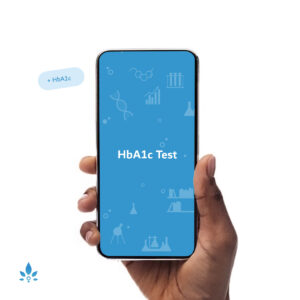Diagnosing Sickle Cell Disease


Sickle cell disease (SCD) is an inherited group of disorders that affects hemoglobin, the molecule in red blood cells that delivers oxygen to cells throughout the body. People with this disorder have atypical hemoglobin molecules called hemoglobin S.
A person can be tested for SCD at any time. It is diagnosed through a simple blood test and a laboratory technique called hemoglobin electrophoresis that will determine the type of hemoglobin the person has. In this technique, an electric charge is passed through a solution of hemoglobin, causing the types of hemoglobin to move different distances, depending on their composition. The degree of movement lets doctors differentiate between normal hemoglobin (A), sickle hemoglobin (S), and other kinds of hemoglobin (such as C, D, E, etc.).
It’s important to note that all states now mandate that newborns be tested for sickle cell disease right after birth. The test uses blood from the same samples used for other routine newborn screening tests. SCD can also be diagnosed before birth through an amniocentesis. Testing before birth can be done as early as 10 weeks into the pregnancy. This test looks for the sickle hemoglobin gene, rather than abnormal hemoglobin.
Early detection is critical in coming up with an effective treatment plan for your child.
Sources:
- National Heart, Lung and Blood Institute
- What is Sickle Cell Anemia?
March of Dimes - Sickle cell disease and your baby.
The Sickle Cell Disease Association of America.
Powered by Bundoo®











































